Trail Moments | Cycling with Parkinson’s: A Journey of Love, Loss and Resilience
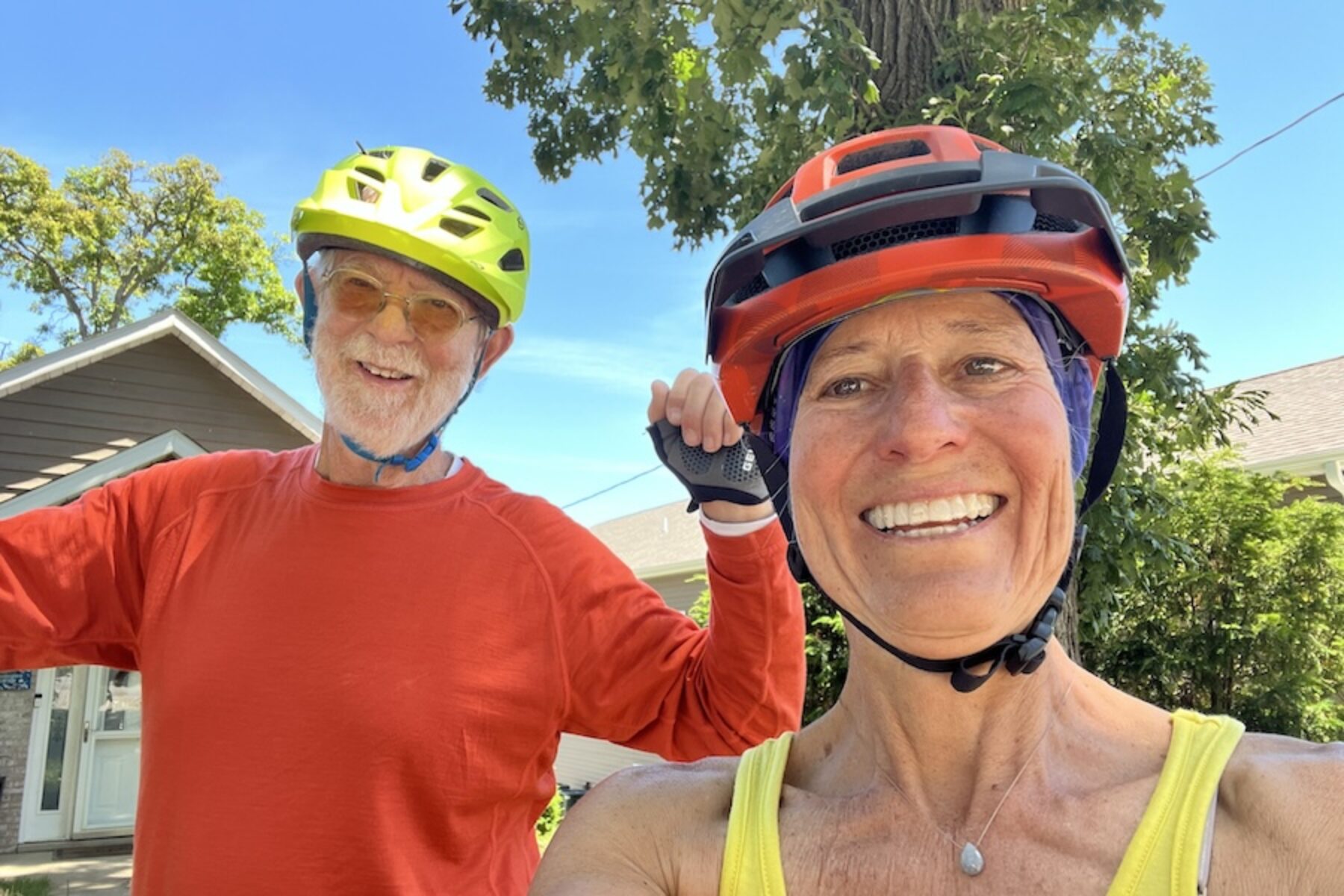
In 1989, Jim rode into my life—a tall, fit man with mischievous eyes and an unbreakable spirit for adventure. We met on a rainy day, laughing through a downpour as we sped away from our cycling group. That moment sparked a shared passion for biking and travel, eventually leading to marriage. Our bikes became constant companions on countless journeys—through flooded roads in Guyana, bustling streets in Tanzania and peaceful boulevards in Ukraine. For 35 years, cycling was more than just a hobby—it was how we connected to each other and the world.
But as time passed, things began to change. Jim, once my equal on the bike, started to slow down. On daily walks, he shuffled, his steps sluggish. His energy waned and his biking speed faded. But his love for adventure never did. In 2022, we planned a cycling trip to the big island of Hawaii. But it soon became clear that Jim’s pace had changed dramatically, and our trip ended prematurely when he crashed his bike into a jagged lava field near Hilo. Afterwards, Jim saw a doctor and the diagnosis came: Parkinson’s disease. We were stunned.
Adjusting to Challenges
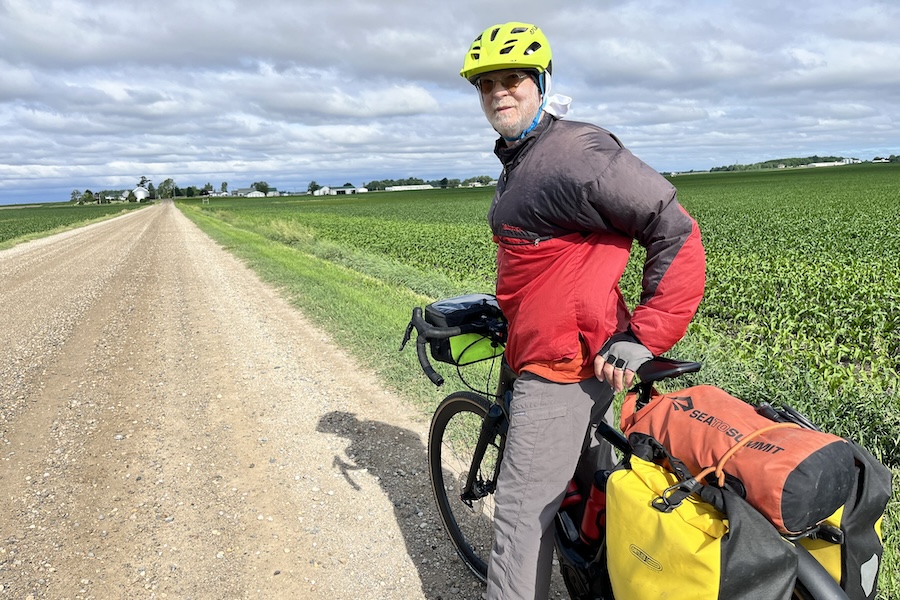
We learned that Parkinson’s was much more than tremors; it affected Jim’s movement, speech and cognition. Despite all of this, he refused to give up on cycling. With medication and the help of an e-bike, he was back on the road, zipping past me on hills and laughing like he once did.
He hankered to go on a bike tour, so we set out on a 1,000-mile ride from Washington D.C. to Chicago. Although the planning for this trip was more challenging, we worked through how to manage Jim’s medication, how to keep his e-bike charged and how to keep him safe.
But unexpected challenges presented as the days slipped by. Jim’s balance was erratic, and his depth perception was off, so every swerve and bump was a potential hazard. His cognitive ability, especially his reasoning and memory, was also impacted. Despite the hardships, we pressed on, riding triumphantly to the finish of our long-distance ride.
Riding and Resilience
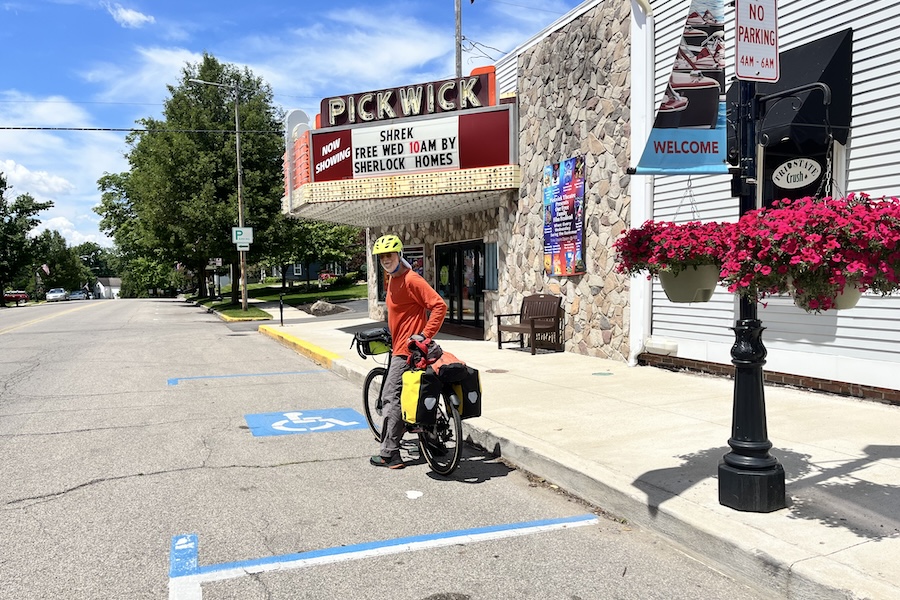
Afterwards, we readjusted our approach, learning how to better adapt to our new reality. Recognizing his fatigue, we focused on shorter, more manageable rides. As our household bike mechanic, Jim found it difficult to fix the things he once could so easily, especially if he was trying to multitask. Understanding that he could successfully complete repairs and maintenance if given enough time and space, we found that breaking tasks into smaller steps and using reminder lists helped reduce his frustration.
Two years after the diagnosis, Jim’s neurologist confirmed that his physical condition had remained stable thanks to his dedication to exercise. But his cognitive function continued to diminish. “Well, that explains it,” Jim quipped with his usual good humor. Despite the challenges, his spirit remained strong.
A year after our D.C.-to-Chicago trip, we decided to join some friends on a weeklong biking tour on Canada’s Prince Edward Island. As we pedaled together, one stroke at a time, we realized that our love for bicycling was a symbol of defiance against the disease. Cycling together isn’t just about speed or distance anymore—it’s about the journey. Parkinson’s may have altered our path, but it hasn’t taken away our destination: to keep moving forward, to keep adapting and to keep finding new ways to connect. And in that process, we’ve found a resilience that’s stronger than any illness.
As Jim has said, “I realize that Parkinson’s will win in the end. I can either curl up and surrender or slow it down with exercise. I am choosing to live my life fully for as long as I can.”
Lessons Learned
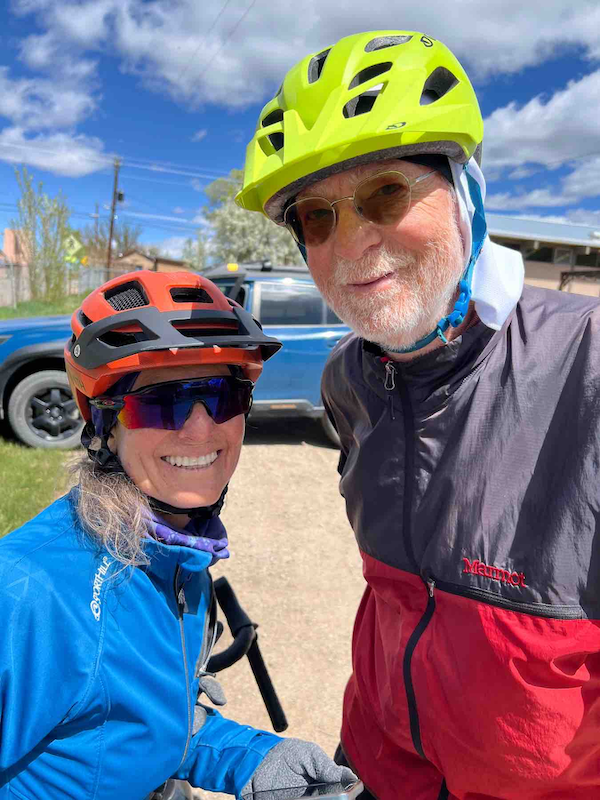
These experiences have taught us how to navigate Parkinson’s challenges together with love, humor and determination. For others facing similar difficulties, here are some of the lessons we’ve learned along the way.
- Adaptation is essential: Both in terms of physical adjustments, such as using an e-bike, and emotional adjustments, like pacing ourselves and recognizing cognitive changes. The key is flexibility.
- Communication is crucial: The unpredictability of Parkinson’s symptoms means clear, patient communication is necessary to manage expectations and responsibilities.
- Take it slow: Slower doesn’t mean less meaningful. We’ve learned to accept that we may no longer ride as fast or as far, but the quality of the experience has deepened.
- Use tools to aid memory and medication management: Reminders and lists are vital. These tools reduce frustration and give Jim the autonomy to still manage his routine.
- Cherish the moments together: Parkinson’s may change aspects of the life you once knew, but it cannot take away the memories you create in the process of adapting and continuing forward.


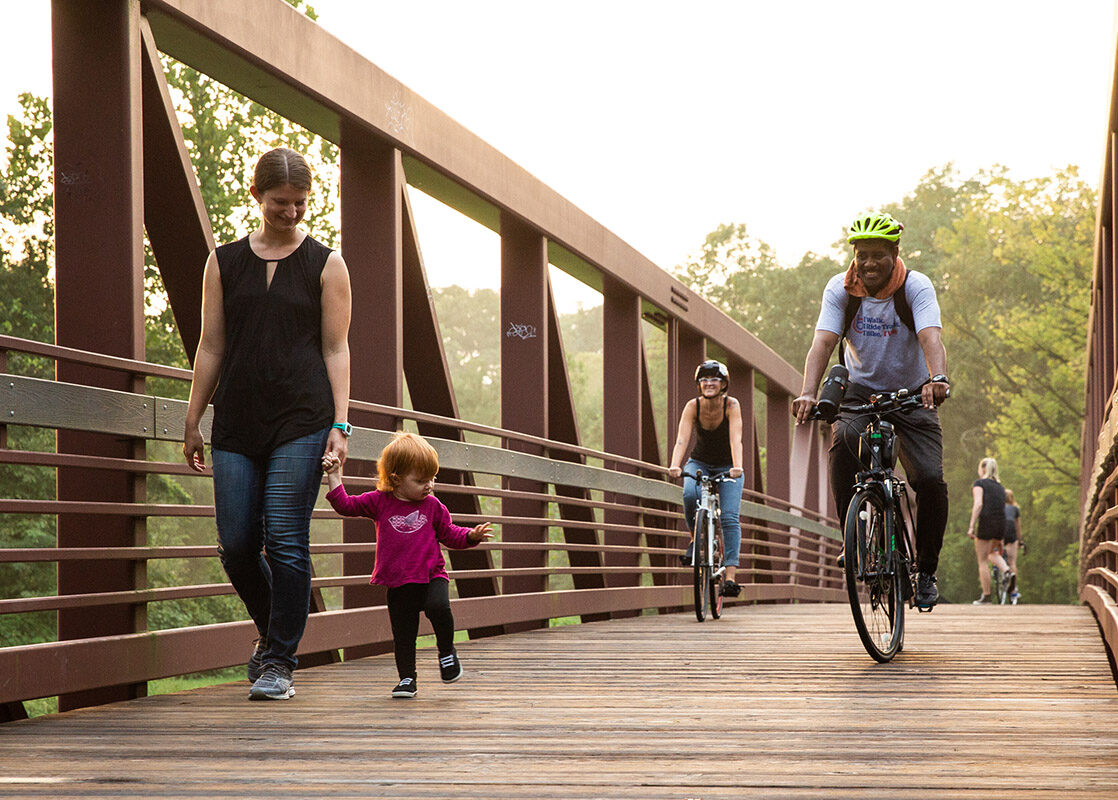
Donate
Everyone deserves access to safe ways to walk, bike, and be active outdoors.


